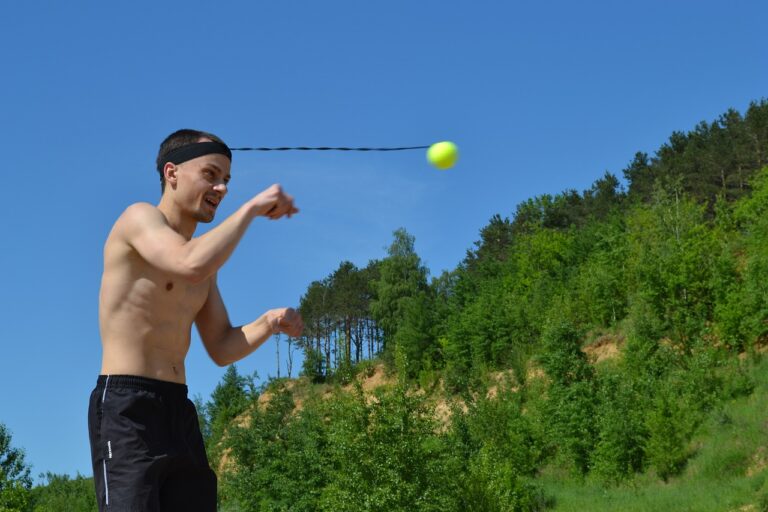Exploring International Education Systems
When examining education systems worldwide, it becomes evident that each country has unique approaches tailored to its culture and values. In Finland, for example, a strong emphasis is placed on holistic learning, with minimal standardized testing and a focus on student well-being. On the other hand, the education system in South Korea is known for its rigorous academic standards and high-pressure environment, aimed at producing top-performing students.
In Australia, education is a shared responsibility between the federal and state governments, with a comprehensive curriculum that combines core subjects with a focus on critical thinking skills. In contrast, the education system in Japan is highly structured, with a strong emphasis on discipline and respect for authority. By understanding the diverse approaches to education around the world, we can gain valuable insights into the strengths and challenges of different systems.
Primary Education Structures
Primary education structures vary significantly across the globe. In some countries, primary education begins as early as age three, while in others it may not start until age six or seven. The duration of primary education also differs, with some systems lasting five years and others spanning six or more.
Curricula in primary education often emphasize basic literacy and numeracy skills, laying the foundation for further academic pursuits. Instructional methods and learning approaches can vary widely, with some countries focusing more on rote memorization and exams, while others prioritize hands-on learning and critical thinking skills. It is important to consider the cultural and societal contexts in which primary education structures are implemented, as they heavily influence the goals and outcomes of the educational system.
What are the different education systems around the world?
There are various education systems around the world, including the American system, British system, French system, German system, and many more.
What is the primary education structure?
The primary education structure typically encompasses the first few years of formal education for children, usually starting around the age of 5 or 6 and lasting until around the age of 11 or 12. This stage of education is crucial for laying the foundation for a child’s future learning.
What subjects are typically taught in primary education?
Subjects taught in primary education often include mathematics, language arts, science, social studies, and physical education. These subjects help children develop fundamental skills and knowledge that will serve as the building blocks for their further education.
What is the role of primary education in a child’s overall development?
Primary education plays a vital role in a child’s overall development by providing them with essential knowledge and skills, fostering critical thinking and problem-solving abilities, and promoting social and emotional growth. It sets the stage for their future academic success and personal growth.
How does primary education differ from secondary education?
Primary education focuses on laying the groundwork for a child’s future learning, while secondary education builds upon this foundation by delving deeper into specific subjects and preparing students for higher education or the workforce. Primary education typically covers a broad range of subjects, while secondary education allows for more specialization.





